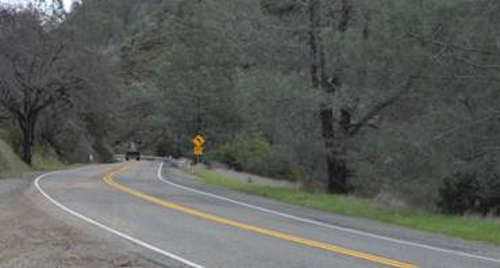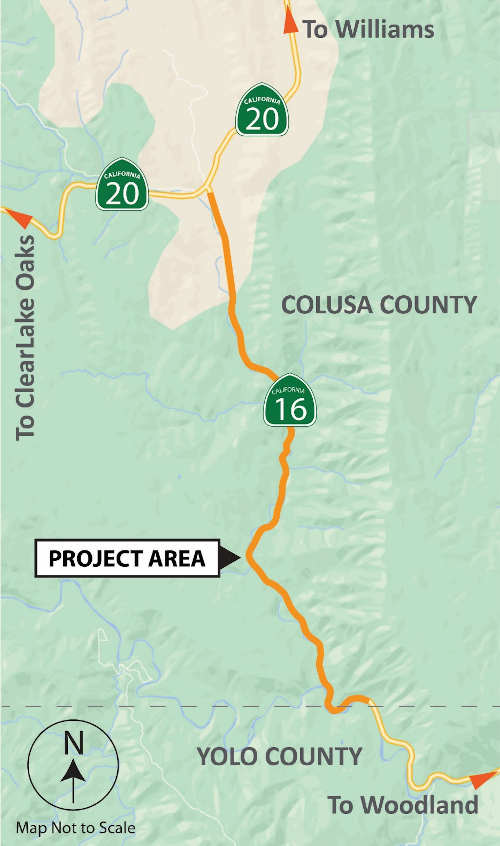- CALIFORNIA HIGHWAY PATROL
- Posted On
CHP to deploy a motorcycle safety enforcement operation in Humboldt Area
As such, motorcycle-involved crashes in California continue to be a major concern for the California Highway Patrol.
In an effort to reduce the number of motorcycle incidents or crashes resulting from unsafe speed, following too closely, unsafe lane changes, improper turning, and other violations by both motorcyclists and other drivers, the CHP Humboldt Area will deploy additional officers throughout the 2022 Labor Day weekend.
To assist the CHP in this traffic safety effort, the Office of Traffic Safety, through the National Highway Traffic Safety Administration, has awarded a grant titled “Get Educated and Ride Safe III.”
With the grant-funding, the Humboldt Area will continue to deploy additional enforcement efforts through Sept. 30, 2022.
If you have any questions or need additional information, please contact the Humboldt Area office at 707-822-5981.









